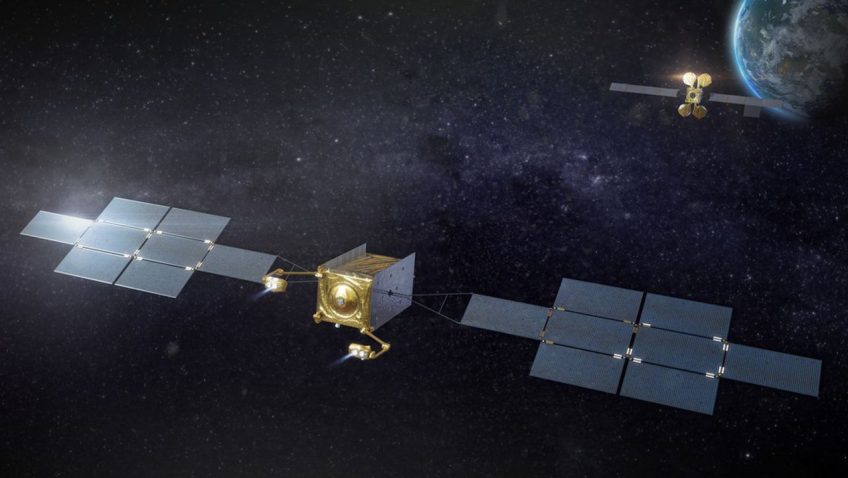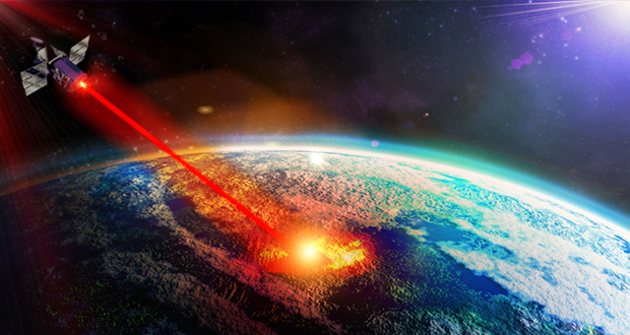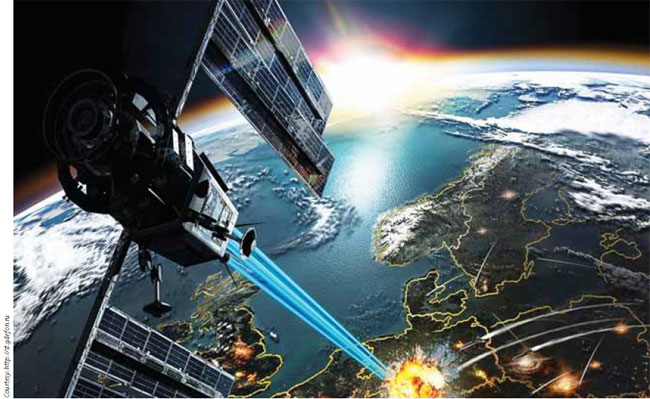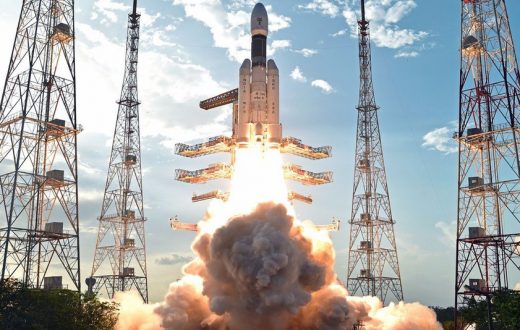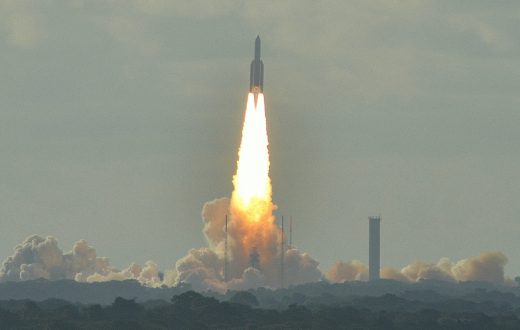Tensions between major and regional powers have facilitated the increased military use of satellites in outer-space. Growing advancements in satellite and anti-satellite (ASAT) technology have given governments greater tactical and strategic control during warfare, enabling greater communication speeds and sharper imaging. Improvements in kinetic and non-kinetic ASAT weapon capabilities have increased the effectiveness of advanced GPS and communication jamming techniques, threatening military and commercial satellites.
Unprecedented economic growth in China over the last 20 years has allowed it to modernise its military capabilities and advance its space interests. In 2013, China announced the successful development of an anti-satellite (ASAT) missile with the ability to attack intelligence, surveillance and reconnaissance satellites positioned 35,000km above Earth’s equator. In 2015, Beijing established the PLA Rocket Force, a branch of the armed forces responsible for satellite management and space warfare capabilities. While in 2018 Russia announced it had developed a new laser ASAT weapon system with the ability to cause permanent damage to orbiting satellites.
The United States is wary of the growing space capabilities of its adversaries and the shrinking American space advantage. The Trump Administration has established ‘Space Force’, a sixth military branch intended to strengthen the protection of America’s space interests and enhance American space operations. However, questions remain over the funding and resource capabilities of Space Force and how its commitments will differ to that of the U.S. Air Forces, America’s current space warfare service branch.
Space militarisation is not only reserved for major powers. India, Iran and North Korea have continued to invest heavily in satellite and space exploration endeavours in the hopes of increasing their influence and stability within their respective regions. India-Pakistan relations are perpetually strained due to continued cross-border terrorist attacks and the ongoing crisis in Kashmir. India has focused heavily on modernising its defence capabilities, including acquiring satellites to improve its Integrated Guided Missile Development Program (IGMDP) and further developing its ASAT capabilities. By contrast, Pakistan’s economic weaknesses has left it strategically vulnerable as India furthers its strategic and technological edge over its regional adversary.
Satellite photographs of launch sites in North Korea and Iran indicate both countries are hoping to further develop their own ASAT missile capabilities. Pyongyang and Tehran are concerned about potential U.S. interference and have successfully developed hacking and jamming techniques to bolster their defences. States in the Middle East and East Asia have called for the U.S. to play a greater role in improving regional stability, aggravating Iran and North Korea’s fear of American involvement, and further influencing the militarisation of their space assets.
As more satellites are deployed for military use, outer space becomes less of shared domain equally owned by all of humanity and more of a state-owned military asset, with possible impacts to global day-to-day civilian life. Damage to key commercial use satellites would impact GPS and communication signals used by the public with huge potential effects on global finance sectors. Even more detrimental would be the effects on climate change responses and public health. Space technology is vital for use in analysing climate change and crises management. Measurements gathered from satellite information are essential in food and water security, resource management and food aid, and transportation, especially in developing countries. Damage done by ASAT’s on military satellites may also impact the capabilities of commercial use satellites as they become targets for attacks, or if they are damaged indirectly by debris and misfire.
United Nation space laws and principles have done little to quell military satellite proliferation in outer-space. The international community must ensure activities carried out in space are for the benefit of all mankind and emphasise international cooperation. Nations will have to be content with settling their disputes without exploiting the vast openness of outer-space.

